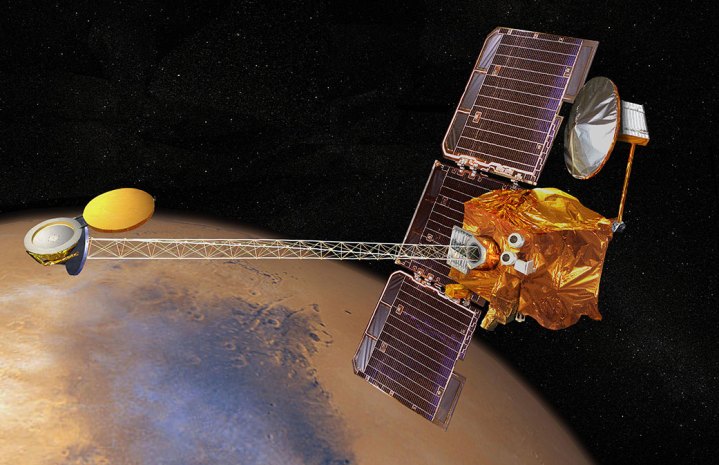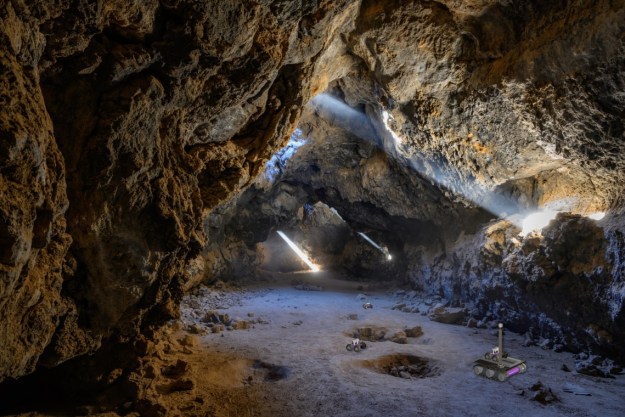Designing, building, and launching a spacecraft is hugely expensive. That’s why NASA missions to Mars are designed with the hope that they’ll last as long as possible — like the famous Opportunity rover which was supposed to last for 90 days and managed to keep going for 15 years. The longer a mission can keep running, the more data it can collect, and the more we can learn from it.
That’s true for the orbiters which travel around Mars as well as the rovers which explore its surface, like the Mars Odyssey spacecraft which was launched in 2001 and has been in orbit around Mars for more than 20 years. But the orbiter can’t keep going forever as it will eventually run out of fuel, so figuring out exactly how much fuel is left is important — but it also turned out to be more complicated than the NASA engineers were expecting.

Odyssey started out with nearly 500 pounds of hydrazine fuel, though last year it looked as if the spacecraft was running much lower on fuel than had been predicted.
The tricky issue is that there is no simple way to read out how much fuel remains, so engineers use methods like heating up the tank and seeing how long it takes to reach a temperature, which indicates how much mass is inside. This method had been used to calculate the low amount of remaining fuel, so either there was a leak in the spacecraft or else the measurement was wrong.
“First, we had to verify the spacecraft was OK,” said Joseph Hunt, Odyssey’s project manager at NASA’s Jet Propulsion Laboratory, in a statement. “After ruling out the possibility of a leak or that we were burning more fuel than estimated, we started looking at our measuring process.”
After examining the systems, the team found that the issue was to do with how the spacecraft heats up and cools down. Because electronics need to be kept warm to operate properly in the cold space environment, Odyssey uses heaters to keep parts including the fuel tanks warm. But these heaters were also warming the fuel within the tanks, so when the team performed their thermal measurements to estimate remaining fuel, it looked like there was less fuel inside than there actually was.
“Our method of measurement was fine. The problem was that the fluid dynamics occurring on board Odyssey are more complicated than we thought,” Jared Call, Odyssey’s mission manager, said.
The good news is that with the heat accounted for, Odyssey has at least 9 pounds of fuel left, which should last until at least the end of 2025. So Odyssey will be able to continue observing Mars and may even make it to a 25-year anniversary.
“It’s a little like our process for scientific discovery,” Call said. “You explore an engineering system not knowing what you’ll find. And the longer you look, the more you find that you didn’t expect.”
Editors' Recommendations
- How to watch NASA unveil its next-generation spacesuit
- Astronomers share early images from James Webb’s galaxy survey
- How to watch the Crew-5 mission splash down tonight
- Japan’s space agency destroys own rocket just after launch
- Faulty nozzle caused the loss of European Vega-C rocket last year



